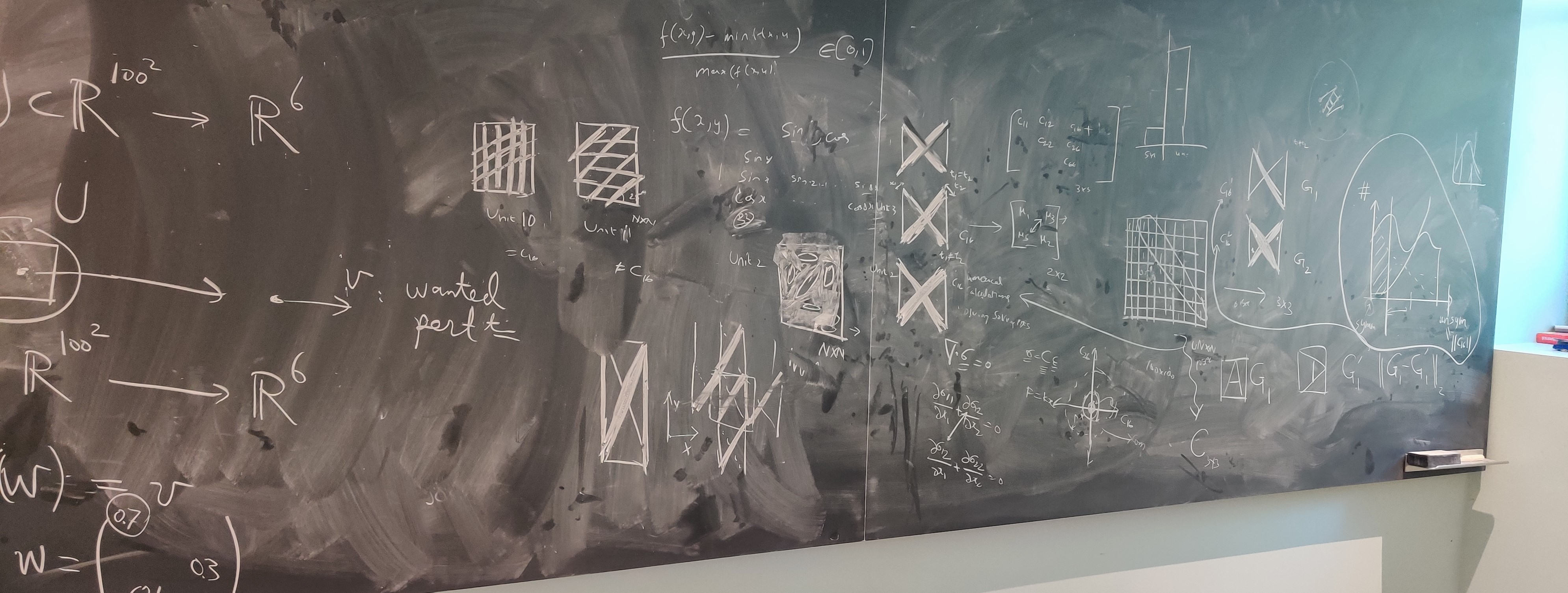My passion towards solid mechanics

This page is under construction
I want to discuss about Solid Mechanics. How it is interdisciplinary with several other fields ranging from linear algebra, optics.
What is Solid Mechanics?
Solid mechanics plays an important role in unraveling mechanisms across unseemingly disconnected topics. Solid mechanics intertwines with areas like materials science, physics, geophysics, applied mathematics, and even biology. Interplay of stress (force) and strain (deformation) is different for materials classified under metals, polymers, granular systems. This leads to some magical phenomena such as phase transformations, instabilities. Classification of what type of material also depends on the time scale and length scale of the operations.
My introduction to Solid Mechanics
Another reason I am drawn to solid mechanics is its reliance on and contribution to applied mathematics. Solid mechanics often involves complex mathematical modeling and computational simulations. Differential equations, linear algebra, and calculus are routinely employed to solve problems in stress analysis, material deformation, and wave propagation. The algorithms, and all the computational power that goes with these simulations is very involved, especially while modeling complex biological organs such as cardiovascular systems.
Delving deep
Explain atomic structure
Phenomena
Phenomena: Hydrogen Embrittlement, Dynamic Fracture, Buckling of large and thin aerospace structures, Wrinkling, Multistable structures, Shape-morphing structures, Wave propagation, Phase transformations (Plasticity), Mechanics of cells: Actins and Microtubules (Viscoelasticity), Shear-normal coupled structures. Will include hand-drawn images.
Widely studied materials
Materials: Metals (steel, aluminum, iron, diamond etc.). Soft materials (rubber, polymers etc.).
“I like to be buckled, tensed, stretched, wrinkled, dislocated, defected, tortured, bent, and broken. In the end, everything is solid mechanics”- Jagannadh